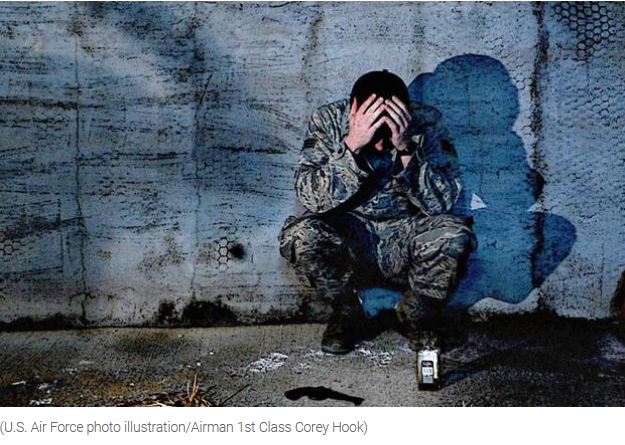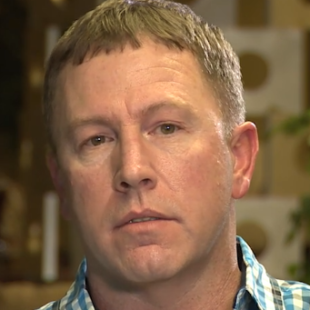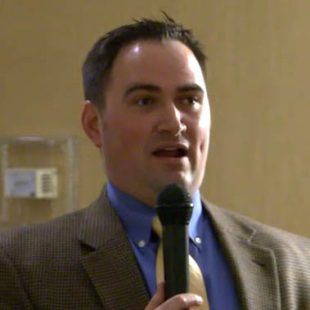This past summer, Air Force Chief of Staff General David Goldfein announced that the Air Force would be standing down for a day to focus on suicide prevention, as well as mental well-being and resiliency. This initiative has been named Resilience Tactical Pause.
Considering the fact that the Air Force has experienced a 56 percent increase in suicides over the previous year, it is obvious that this is an issue that is getting worse, despite all of the press and attention that suicides for active duty service members and veterans have received for the past several years. Perhaps it would be a cheap shot to suggest that a one-day “pause” seems insufficient, because military leaders do recognize that there is a crisis. In General Goldfein’s own words…
“Suicide is an adversary that is killing more of our airmen than any enemy on the planet.”

The problem isn’t a lack of awareness that something needs to done but rather a failure of understanding the complexity and knowing how to address it.
In the not too distant past, books and movies about war focused on the battles and left us believing that if our heroes made it through alive, they would return home and life would go back to normal. We now know that is not the case. In truth, it never was. From the beginning of recorded history, we have accounts of “shell shock”, “combat fatigue”, “soldier’s heart”, “war neurosis” and other similar attempts to describe the change in those returning from combat, that we currently label as Post Traumatic Stress Disorder, PTSD.
We may portray today’s crisis level of PTSD-related suicides as a modern epidemic, but suicides have always been significantly under reported. The psychological horrors of war, coupled with the damage done by physical head trauma and the blast effects from IEDs and other explosives, create a perfect storm for disrupting the electrical balance in the brain. These “invisible wounds” may be more prevalent in today’s combat environment, but they have always gone hand and hand with the kind of violence found in war.
Can We Give Them Their Lives Back?
Through the Veteran’s Administration and a variety of privately-funded programs, active duty service members and veterans have a wide range of options for treating their PTSD. These include medication, psychotherapy, support groups, exposure intensives, music and art therapy, equestrian programs, swimming programs, massage, yoga, nutritional counseling and many other forms of treatment.
Different individuals respond to different approaches. Unfortunately, for far too many, these types of treatments are not enough. The good news is that neurofeedback, as described by Dr. Mary Lee Esty in Conquering Concussion: Healing TBI Symptoms With Neurofeedback and Without Drugs, has proven extremely successful for reducing or removing most, if not all, symptoms of PTSD, including the “permanent option”; suicide.
At the Brain Wellness and Biofeedback Center in Bethesda, Maryland, Dr. Esty and her staff use neurofeedback to successfully treat traumatic brain injuries and PTSD. One of the things that service members and veterans appreciate is that they are not asked to relive the trauma or experiences that have caused their issues. Dr. Esty has them simply sit comfortably, with their eyes closed, and relax while the neurochemical balance in the brain is being restored to its original state.
Dr. Esty’s book contains the case studies of service members who tried other types of treatment and came to the Brain Wellness and Biofeedback Center because none of them had worked. Several had tried or were currently considering suicide. Read their stories here.
And learn more about how neurofeedback can literally give lives back by watching…




Comments are closed.